 Lumber’s unprecedented rally is starting to falter but analysts predict prices will still be at historical levels through 2022. In related news: US lumber tariffs top priority for Canada’s trade minister; Susan Yurkovich on BC’s modernization plan; and wood’s resurgence in mass timber construction. Meanwhile: Clearwater Paper to close its Wisconsin paper mill; and Bechtel partners with Drax on carbon capture and storage.
Lumber’s unprecedented rally is starting to falter but analysts predict prices will still be at historical levels through 2022. In related news: US lumber tariffs top priority for Canada’s trade minister; Susan Yurkovich on BC’s modernization plan; and wood’s resurgence in mass timber construction. Meanwhile: Clearwater Paper to close its Wisconsin paper mill; and Bechtel partners with Drax on carbon capture and storage.
In Forestry News: Canada will plant 30 million trees this season; Biden to restore US species at risk protections; and wildfire risks are on the rise in Canada and the US West. Finally, some breaking news and recent headlines from the BC old-growth front:
- Three First Nations announce old-growth logging deferral at Fairy Creek (BREAKING NEWS)
- Indigenous forestry set to expand, wrestles with old-growth debate (Justine Hunter)
- There’s much more work to do to protect old-growth (Forest Minister Katrine Conroy)
- Truck Loggers confident on new vision from the province (Bob Brash)
- Environmentalists hope threatened owls will end logging at Fairy Creek (Lisa Cordasco)
- Can luxury brands drive B.C. old-growth logging out of business? (Rochelle Baker)
Kelly McCloskey, Tree Frog Editor
 WASHINGTON — Canada’s international trade minister says she got no warning from her American counterpart before the United States proposed doubling its duties on Canadian softwood lumber. Mary Ng told a House of Commons committee hearing that U.S. Trade Representative Katherine Tai did not mention the possibility during last month’s Free Trade Commission meetings. The U.S. Commerce Department’s preliminary increase in softwood lumber duties to 18.32 per cent, up from 8.99 per cent, emerged three days later. …When Conservative MP Tracy Gray pressed Ng on why she didn’t pick up the phone later to discuss the tariffs with Tai, Ng demurred. “I stand up for the Canadian softwood forestry sector and softwood lumber workers and businesses as a top priority,” she said. “This is a very important sector that employs many, many Canadians, and it is my commitment to always defend their interests.”
WASHINGTON — Canada’s international trade minister says she got no warning from her American counterpart before the United States proposed doubling its duties on Canadian softwood lumber. Mary Ng told a House of Commons committee hearing that U.S. Trade Representative Katherine Tai did not mention the possibility during last month’s Free Trade Commission meetings. The U.S. Commerce Department’s preliminary increase in softwood lumber duties to 18.32 per cent, up from 8.99 per cent, emerged three days later. …When Conservative MP Tracy Gray pressed Ng on why she didn’t pick up the phone later to discuss the tariffs with Tai, Ng demurred. “I stand up for the Canadian softwood forestry sector and softwood lumber workers and businesses as a top priority,” she said. “This is a very important sector that employs many, many Canadians, and it is my commitment to always defend their interests.”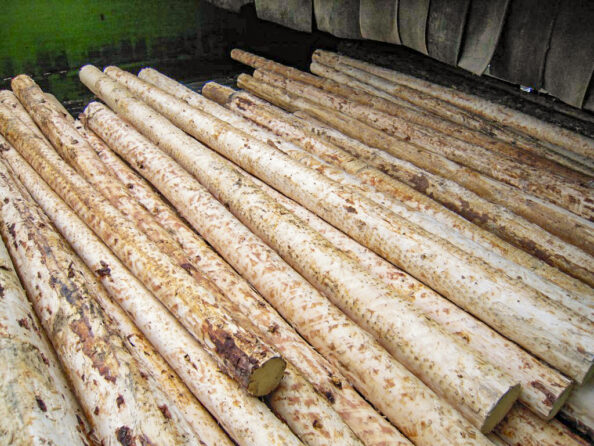 The U.S. tariffs on Canadian softwood lumber are a “top priority for me,” International Trade Minister Mary Ng told the standing committee on International Trade on Friday. S …Ng told the committee on Friday that she’s working on the tariffs with members of industry — along with provincial and territorial governments and embassy officials in Washington, D.C. — and her government has made it clear to the Biden administration that “we are ready for discussion at any time.” “As the tariffs have been levied, we are working with the (lumber) sector to help them to diversify and reach other markets, including Australia and the Philippines,” Ng said. She also confirmed that her department is closely watching two state bills, one in New York and the other in California, that limit the purchase of lumber from endangered and declining forests. She’s also watching to see how the bills might affect Canadian lumber exports to the U.S.
The U.S. tariffs on Canadian softwood lumber are a “top priority for me,” International Trade Minister Mary Ng told the standing committee on International Trade on Friday. S …Ng told the committee on Friday that she’s working on the tariffs with members of industry — along with provincial and territorial governments and embassy officials in Washington, D.C. — and her government has made it clear to the Biden administration that “we are ready for discussion at any time.” “As the tariffs have been levied, we are working with the (lumber) sector to help them to diversify and reach other markets, including Australia and the Philippines,” Ng said. She also confirmed that her department is closely watching two state bills, one in New York and the other in California, that limit the purchase of lumber from endangered and declining forests. She’s also watching to see how the bills might affect Canadian lumber exports to the U.S.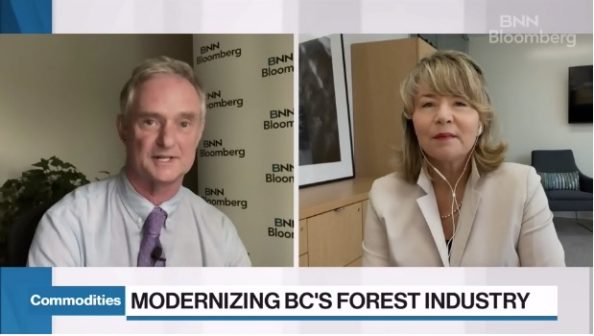 There’s a desire to have additional players in the forest industry: Susan Yurkovich, president and CEO of the BC Council of Forest Industries discusses BC’s plan to modernize the province’s forest policy. Click the Read More for the full six-minute video interview.
There’s a desire to have additional players in the forest industry: Susan Yurkovich, president and CEO of the BC Council of Forest Industries discusses BC’s plan to modernize the province’s forest policy. Click the Read More for the full six-minute video interview.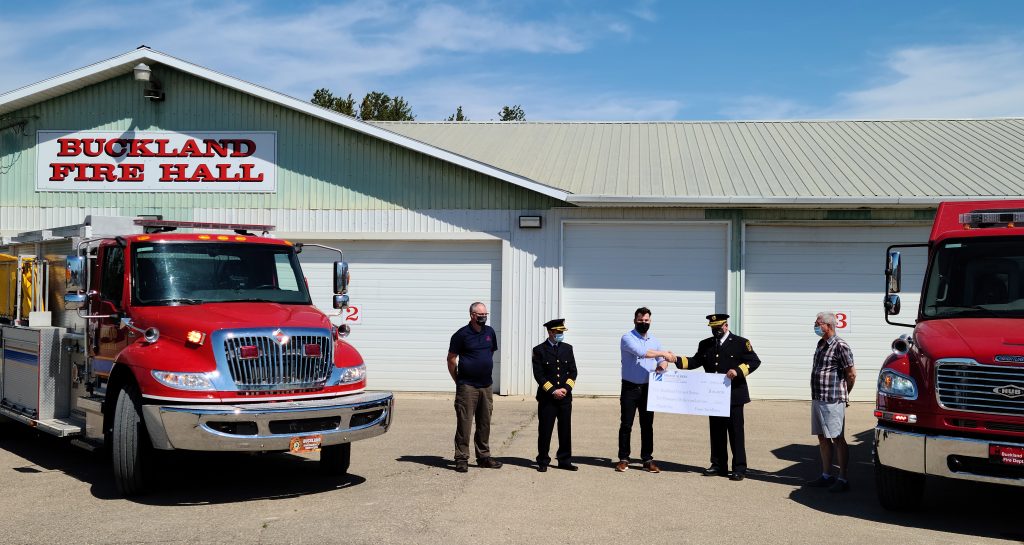


/cloudfront-us-east-1.images.arcpublishing.com/tgam/4LF6I7IINRJHLN5NDGIJS4F4SQ.jpg)

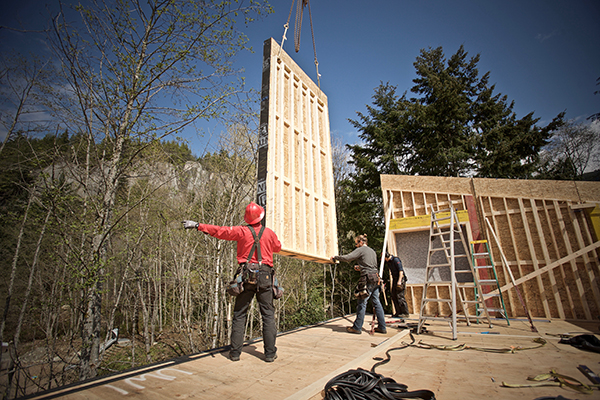

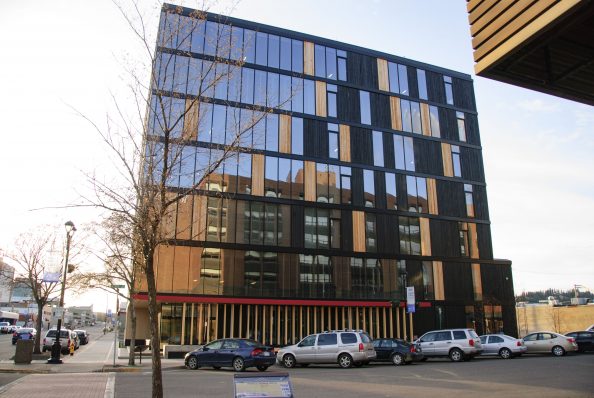 North America is experiencing a resurgence in the use of wood in construction with particular interest in building taller with mass timber. “Obviously there’s a mass timber wave – some might even call it a tsunami – that’s rolling across not just North America but Europe as well right now. But is this the flavour of the day or something that has staying power,” said Paul Fast, founder of structural engineering firm Fast + Epp. Fast was a speaker at Architecture Institute of BC Confab 2021 …The widely publicized The Case for Tall Wood Buildings by architect Michael Green and Eric Karsh of Equilibrium Consulting was a major step forward in popularizing mass timber construction. …“I think we can say with quiet pride here in B.C. that a lot of the interest in mass timber was generated not in small part to some of the work by B.C. architects,” said Fast.
North America is experiencing a resurgence in the use of wood in construction with particular interest in building taller with mass timber. “Obviously there’s a mass timber wave – some might even call it a tsunami – that’s rolling across not just North America but Europe as well right now. But is this the flavour of the day or something that has staying power,” said Paul Fast, founder of structural engineering firm Fast + Epp. Fast was a speaker at Architecture Institute of BC Confab 2021 …The widely publicized The Case for Tall Wood Buildings by architect Michael Green and Eric Karsh of Equilibrium Consulting was a major step forward in popularizing mass timber construction. …“I think we can say with quiet pride here in B.C. that a lot of the interest in mass timber was generated not in small part to some of the work by B.C. architects,” said Fast.
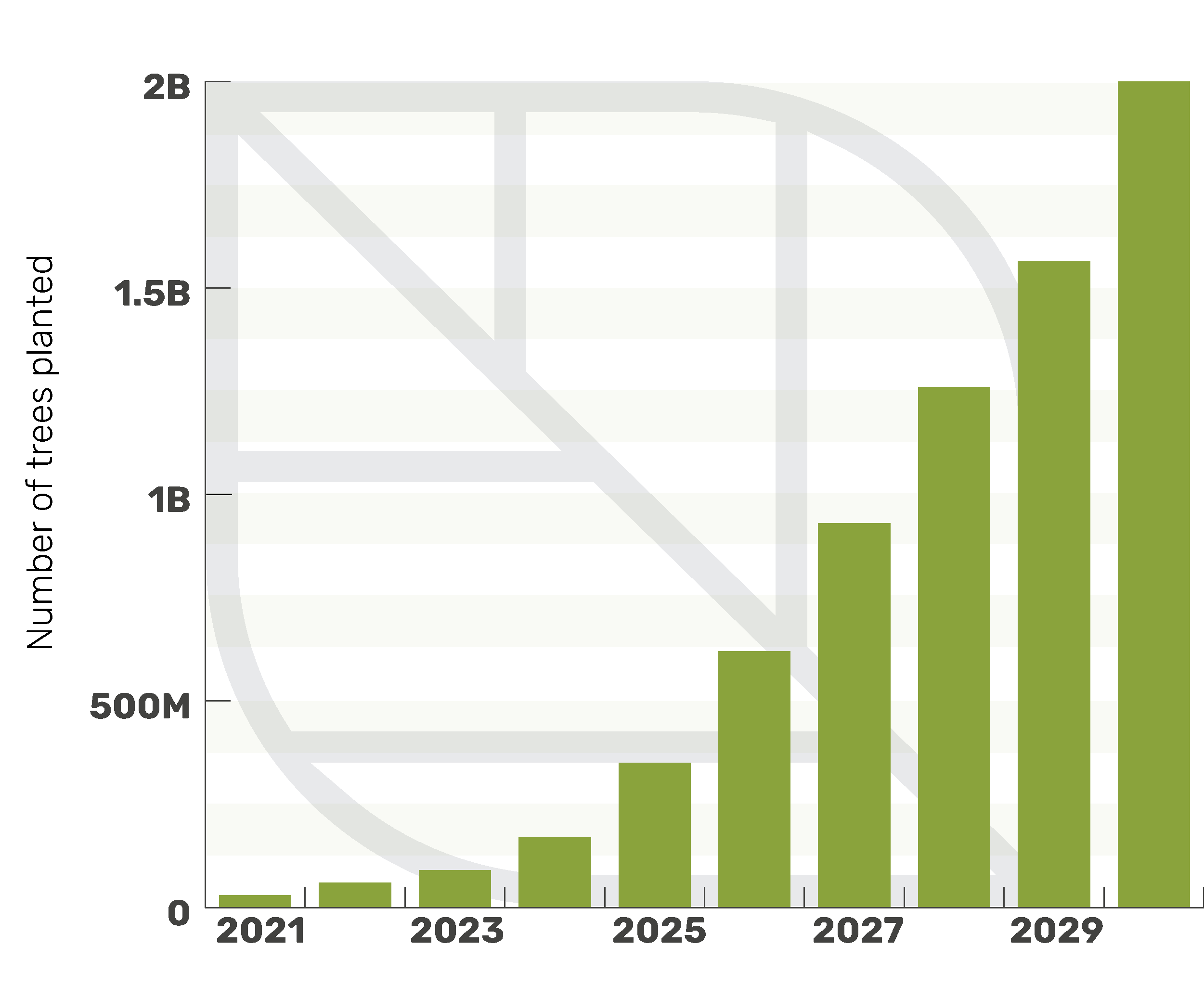




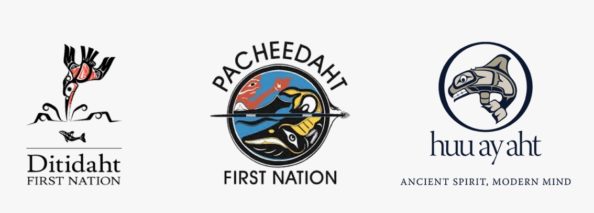 …On June 4, 2021, the three Nations signed the Hišuk ma c̕awak Declaration to take back their power over their ḥahahuułi. For more than 150 years they have watched as others decided what was best for their lands, water, and people. This declaration brings this practice to an immediate end. “We have made a commitment to our people to manage the resources on our ḥahahuułi the way our ancestors did – guided by our sacred principles of ʔiisaak (utmost respect), ʔuuʔałuk (taking care of), and Hišuk ma c̕awak (everything is one),” explained Huu-ay-aht Tayii Ḥaw̓ił ƛiišin (Head Hereditary Chief Derek Peters), Ditidaht Chabut Satiixub (Hereditary Chief Paul Tate), and Pacheedaht’s Hereditary Chief Frank Queesto Jones. “We are in a place of reconciliation now and relationships have evolved to include First Nations. It is time for us to learn from the mistakes that have been made and take back our authority over our ḥahahuułi.”
…On June 4, 2021, the three Nations signed the Hišuk ma c̕awak Declaration to take back their power over their ḥahahuułi. For more than 150 years they have watched as others decided what was best for their lands, water, and people. This declaration brings this practice to an immediate end. “We have made a commitment to our people to manage the resources on our ḥahahuułi the way our ancestors did – guided by our sacred principles of ʔiisaak (utmost respect), ʔuuʔałuk (taking care of), and Hišuk ma c̕awak (everything is one),” explained Huu-ay-aht Tayii Ḥaw̓ił ƛiišin (Head Hereditary Chief Derek Peters), Ditidaht Chabut Satiixub (Hereditary Chief Paul Tate), and Pacheedaht’s Hereditary Chief Frank Queesto Jones. “We are in a place of reconciliation now and relationships have evolved to include First Nations. It is time for us to learn from the mistakes that have been made and take back our authority over our ḥahahuułi.”


/cloudfront-us-east-2.images.arcpublishing.com/reuters/TBZ5L6RE5ZM6HGCLX3EWWNQM4Y.jpg)
/cloudfront-us-east-1.images.arcpublishing.com/tgam/ZCRZ4MWMCBG6RND6TME42VAOUU.jpg)


 Bob Brash would like to see a different story about logging than the latest War in the Woods headlines. The executive director of the Truck Loggers Association recently appeared before the Village of Cumberland’s council to talk about the value of timber and the challenges the industry is facing. “We’re obviously concerned about the prosperity of the industry,” he said at the May 31 meeting. The association, he said, has been around for 78 years and has about 500 members, including 17 in the Comox Valley that represent about 320 workers. The industry faces challenges, he said, such as the investment climate. While the current price of lumber is high and helps keep people working, things can change. “We’re in a cyclical-type industry,” he said. “It’s not going to last forever…. We have to be competitive.” …“Harvesting is not always a yes or no proposition,” he said.
Bob Brash would like to see a different story about logging than the latest War in the Woods headlines. The executive director of the Truck Loggers Association recently appeared before the Village of Cumberland’s council to talk about the value of timber and the challenges the industry is facing. “We’re obviously concerned about the prosperity of the industry,” he said at the May 31 meeting. The association, he said, has been around for 78 years and has about 500 members, including 17 in the Comox Valley that represent about 320 workers. The industry faces challenges, he said, such as the investment climate. While the current price of lumber is high and helps keep people working, things can change. “We’re in a cyclical-type industry,” he said. “It’s not going to last forever…. We have to be competitive.” …“Harvesting is not always a yes or no proposition,” he said.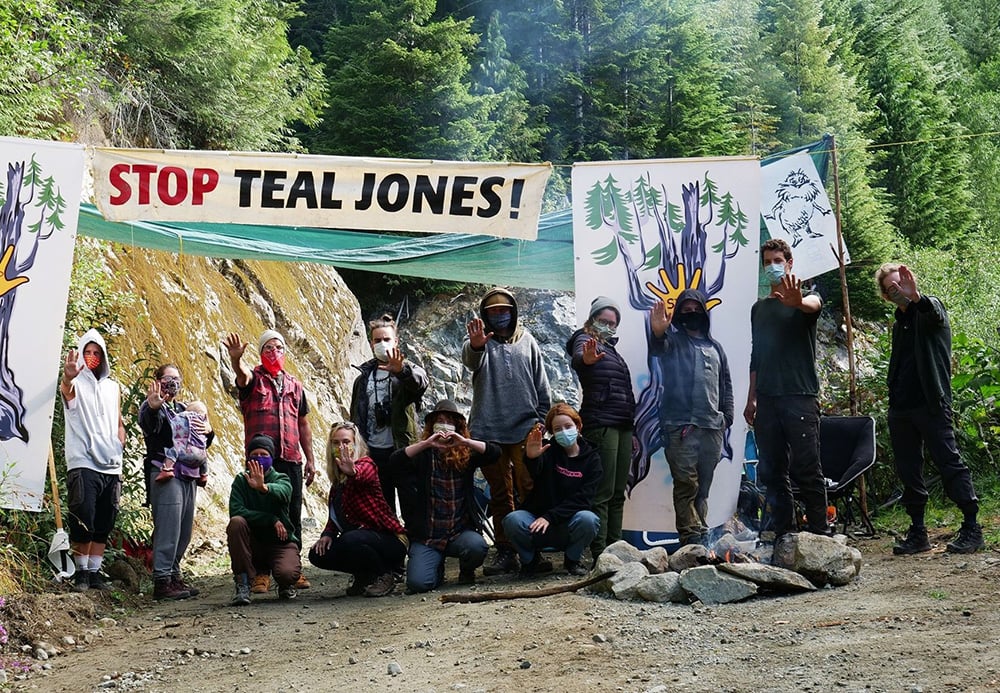
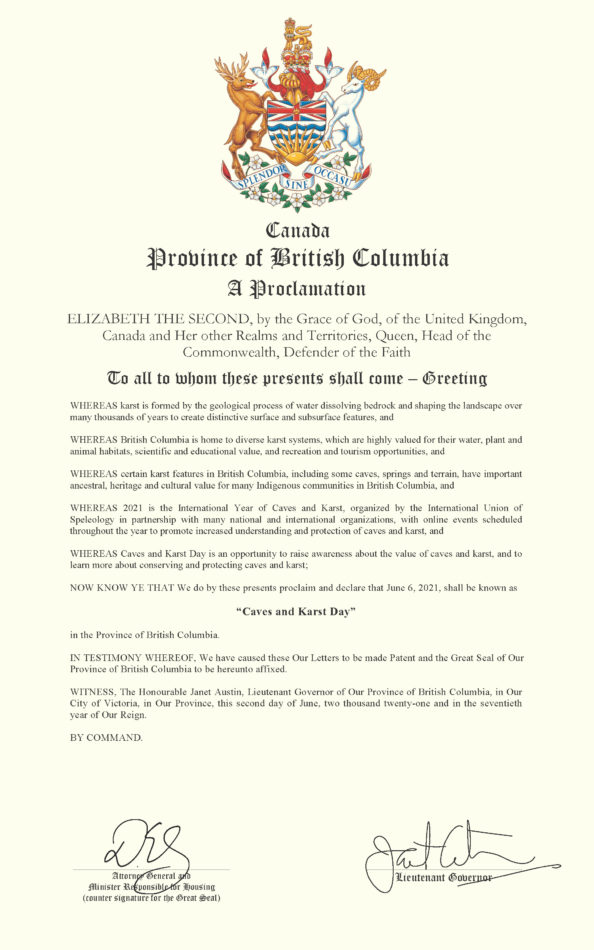 Karst is an integrated three-dimensional landscape present in an estimated 20% of the earth’s land mass. While best known for its cave systems, karst resources are associated with many important natural and cultural values, biodiversity, surface and subsurface habitats, and groundwater aquifers capable of providing large supplies of water, as well as serving as a valuable carbon sink. The diverse karst landscapes of British Columbia represent an estimated 10% of the province. The karst in BC hosts the majority of Canada’s longest and deepest cave systems that have been explored and mapped to date. In recognition of the
Karst is an integrated three-dimensional landscape present in an estimated 20% of the earth’s land mass. While best known for its cave systems, karst resources are associated with many important natural and cultural values, biodiversity, surface and subsurface habitats, and groundwater aquifers capable of providing large supplies of water, as well as serving as a valuable carbon sink. The diverse karst landscapes of British Columbia represent an estimated 10% of the province. The karst in BC hosts the majority of Canada’s longest and deepest cave systems that have been explored and mapped to date. In recognition of the 
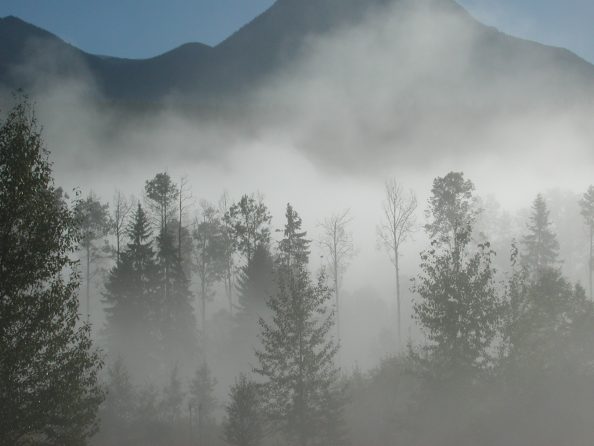 WASHINGTON — The Biden administration said Friday it is canceling or reviewing a host of actions by the Trump administration to roll back protections for endangered or threatened species, with a goal of strengthening a landmark law while addressing climate change. The reviews by the U.S Fish and Wildlife Service and National Marine Fisheries Service are aimed at five Endangered Species Act regulations finalized by the Trump administration, including critical habitat designations and rules defining the scope of federal actions on endangered species. The Fish and Wildlife Service also said it will reinstate the so-called “blanket rule,” which mandates additional protections for species that are newly classified as threatened. …Industry groups and Republicans in Congress have long viewed the Endangered Species Act as an impediment to economic development and under Trump they successfully lobbied to weaken the law’s regulations.
WASHINGTON — The Biden administration said Friday it is canceling or reviewing a host of actions by the Trump administration to roll back protections for endangered or threatened species, with a goal of strengthening a landmark law while addressing climate change. The reviews by the U.S Fish and Wildlife Service and National Marine Fisheries Service are aimed at five Endangered Species Act regulations finalized by the Trump administration, including critical habitat designations and rules defining the scope of federal actions on endangered species. The Fish and Wildlife Service also said it will reinstate the so-called “blanket rule,” which mandates additional protections for species that are newly classified as threatened. …Industry groups and Republicans in Congress have long viewed the Endangered Species Act as an impediment to economic development and under Trump they successfully lobbied to weaken the law’s regulations.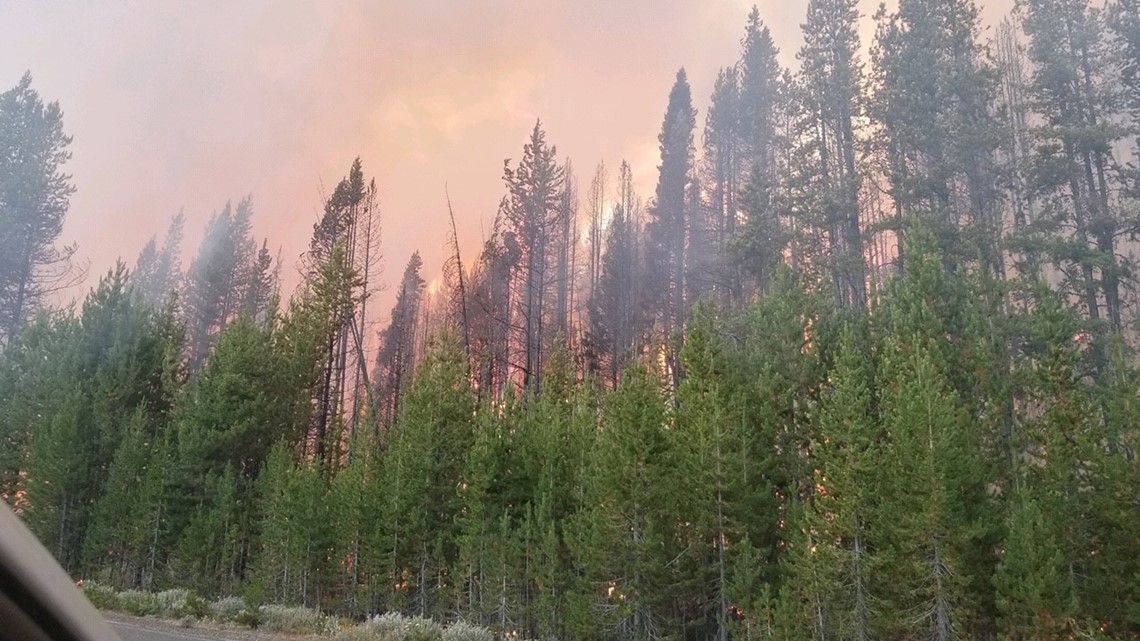

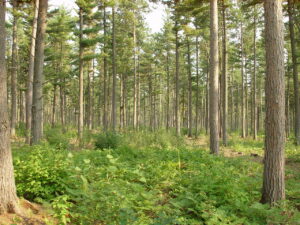 HALIFAX, North Carolina — As a young man, James Baker left his hometown in North Carolina and forgot about the small farm and patch of woodland he and his seven brothers would later inherit. …But a regional forestry program that aims to tackle a century of dramatic land loss among Black Americans helped Baker and his brothers see the potential of their woodland, which could soon start generating regular income from timber. …African American families like the Bakers lost more than 90% of their landholdings during the 20th Century, according to government figures, due to factors such as predatory developers and a lack of access to the legal system and expert advice. …A key aim of the initiative, a network of local efforts in the southern United States, is to get families to see the forests they own as a resource.
HALIFAX, North Carolina — As a young man, James Baker left his hometown in North Carolina and forgot about the small farm and patch of woodland he and his seven brothers would later inherit. …But a regional forestry program that aims to tackle a century of dramatic land loss among Black Americans helped Baker and his brothers see the potential of their woodland, which could soon start generating regular income from timber. …African American families like the Bakers lost more than 90% of their landholdings during the 20th Century, according to government figures, due to factors such as predatory developers and a lack of access to the legal system and expert advice. …A key aim of the initiative, a network of local efforts in the southern United States, is to get families to see the forests they own as a resource.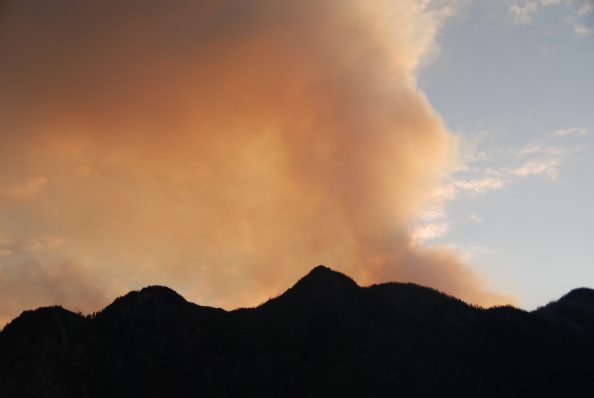 Last year, Maine experienced the most wildfires in the past 35 years, a 300 percent increase over the number of wildfires recorded in 2019. Already this year, the Maine Forest Rangers have tracked more than 450 wildfire events. Considering the limited snow cover and continued dry weather patterns, Maine may be looking at another record-breaking year for wildfires. …Over the last five years, due to local fire department closures, Maine’s Forest Rangers adopted the primary firefighting responsibility for an additional 355,000 acres. …Because of this, the Maine Forest Service helicopters are called upon more frequently than ever before… This fleet of aircraft is aging. The air fleet includes seven helicopters, including five Vietnam-era UH-1H (Huey) helicopters. …The Maine Forest Rangers operate an effective and efficient flight division that benefits the entire state, but the older aircraft need to be replaced or modified to maintain that effectiveness.
Last year, Maine experienced the most wildfires in the past 35 years, a 300 percent increase over the number of wildfires recorded in 2019. Already this year, the Maine Forest Rangers have tracked more than 450 wildfire events. Considering the limited snow cover and continued dry weather patterns, Maine may be looking at another record-breaking year for wildfires. …Over the last five years, due to local fire department closures, Maine’s Forest Rangers adopted the primary firefighting responsibility for an additional 355,000 acres. …Because of this, the Maine Forest Service helicopters are called upon more frequently than ever before… This fleet of aircraft is aging. The air fleet includes seven helicopters, including five Vietnam-era UH-1H (Huey) helicopters. …The Maine Forest Rangers operate an effective and efficient flight division that benefits the entire state, but the older aircraft need to be replaced or modified to maintain that effectiveness.
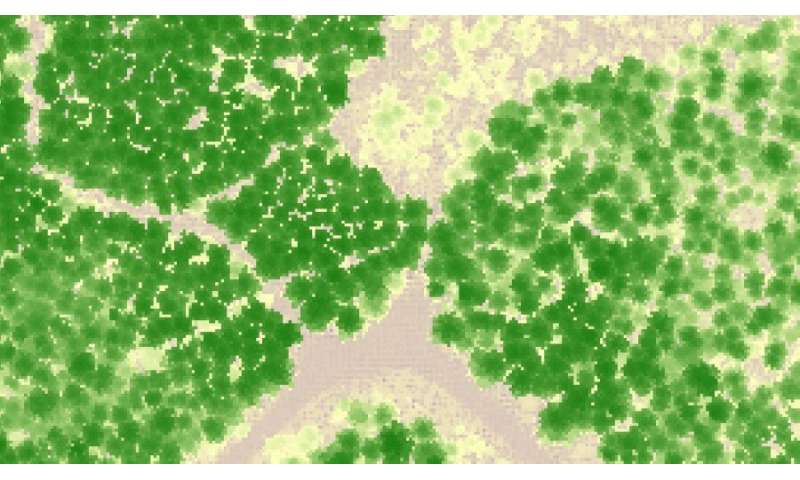
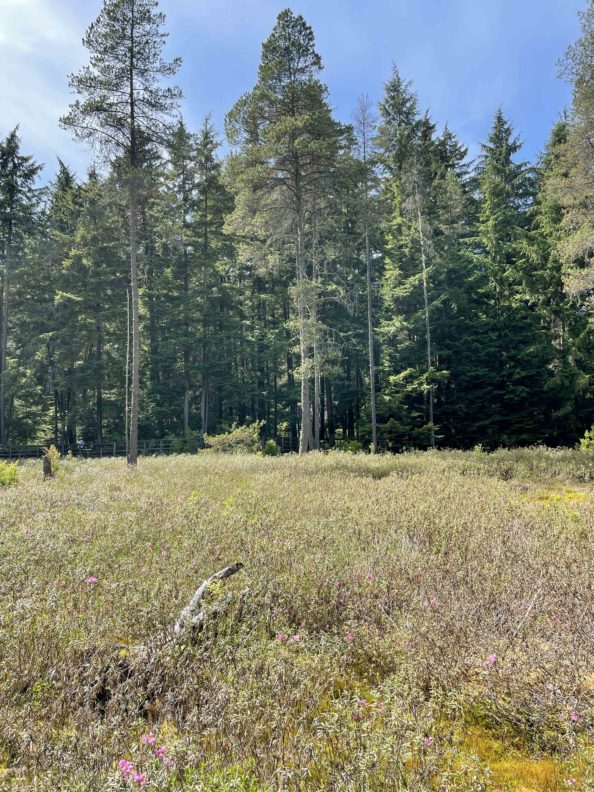 Canada could cut its current greenhouse gas emissions by more than one-tenth by making better use of its vast forests, prairies and wetlands, says a report by more than three dozen scientists. The researchers … say a good portion of those emissions cuts could be made for under $50 a tonne, less than next year’s carbon tax. “Natural climate solutions are relatively cost-effective ways to mitigate greenhouse gas emissions,” said Amanda Reed, who co-ordinated the research for Nature United, the Canadian affiliate of The Nature Conservancy. Grassland soils, peat-rich wetlands and old-growth forests store large amounts of carbon, said Reed. But they could store even more if Canadians farmed, logged and developed differently. …Forestry would offer another eight megatonnes in annual savings through conservation of old-growth forests, improving regrowth and ensuring wood waste was turned into usable products such as biochar, a high-carbon wood residue that can be used to improve soil.
Canada could cut its current greenhouse gas emissions by more than one-tenth by making better use of its vast forests, prairies and wetlands, says a report by more than three dozen scientists. The researchers … say a good portion of those emissions cuts could be made for under $50 a tonne, less than next year’s carbon tax. “Natural climate solutions are relatively cost-effective ways to mitigate greenhouse gas emissions,” said Amanda Reed, who co-ordinated the research for Nature United, the Canadian affiliate of The Nature Conservancy. Grassland soils, peat-rich wetlands and old-growth forests store large amounts of carbon, said Reed. But they could store even more if Canadians farmed, logged and developed differently. …Forestry would offer another eight megatonnes in annual savings through conservation of old-growth forests, improving regrowth and ensuring wood waste was turned into usable products such as biochar, a high-carbon wood residue that can be used to improve soil.
